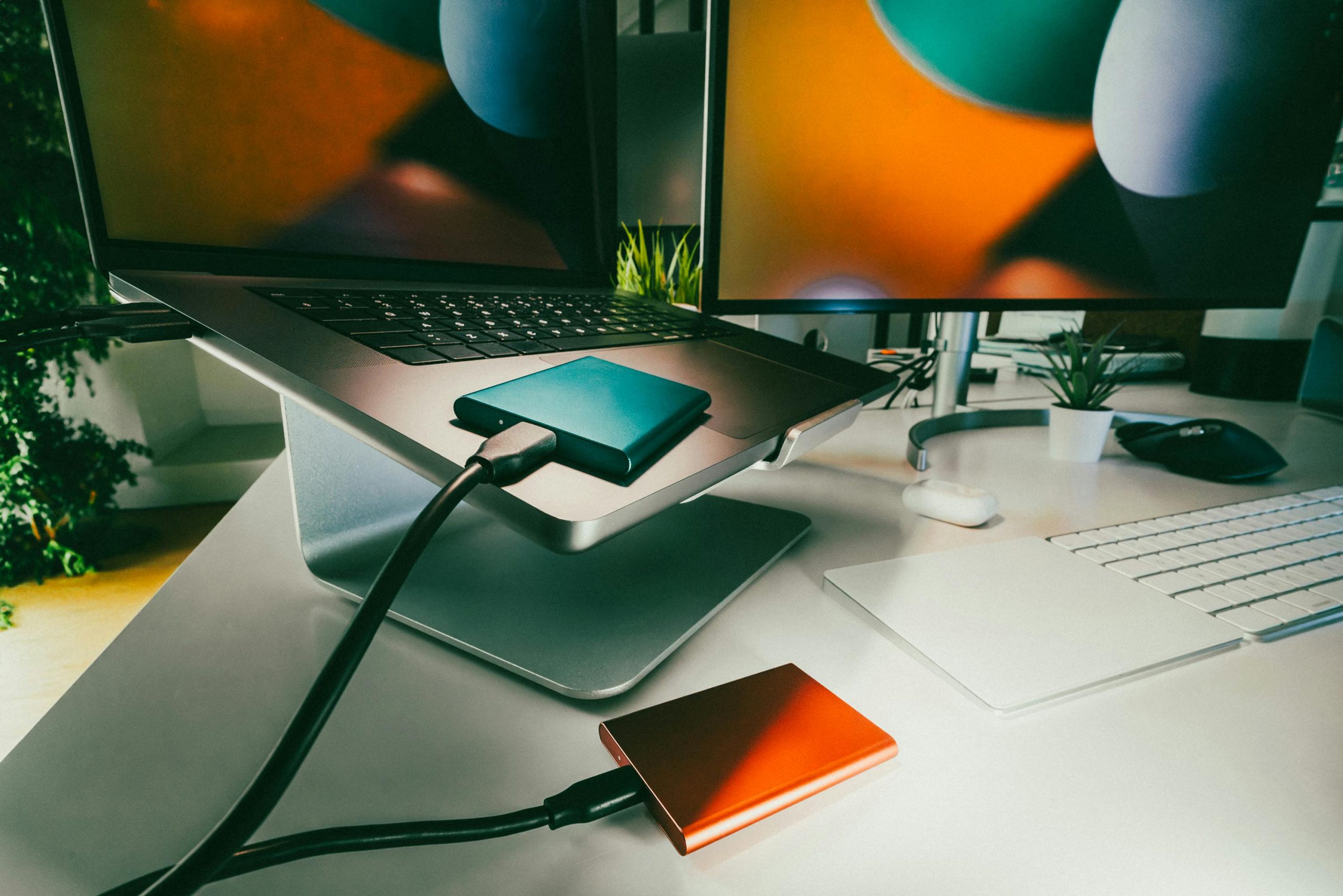Troubleshooting a Computer After USB External HDD Connection Failure
Hello everyone,
I recently encountered a frustrating issue with my Dell XPS 8900—my computer ceased to function immediately after I connected a USB external hard drive. It’s an unexpected and perplexing situation that leaves me wondering what might have gone wrong.
To give you some context, I tested both the external hard drive and its cable, and they are functioning perfectly. This incident is quite unusual for me, as I have never experienced such a problem in the past.
Possible Causes
My first thought was whether the USB socket could be at fault. Could there have been a short circuit upon connection? It’s a concerning thought, and I’m eager to understand the common culprits in these scenarios.
What Could Have Been Damaged?
With the computer completely unresponsive, I’m trying to determine which components could have sustained damage. Specifically, I am curious about the power supply unit—could plugging in the external HDD have caused it to fail? The power supply does not seem to be turning on, leading me to believe there might be a deeper issue.
Troubleshooting Steps
I would greatly appreciate any advice on how to troubleshoot the power supply effectively. Are there specific tests or indicators to check? Understanding the steps to diagnose this matter will be crucial as I attempt to revive my computer.
Thank you in advance for your insights and assistance!
Best,
Geo
Share this content:




Hi Geo,
It sounds like the sudden failure after connecting your external HDD could be related to a short circuit, power surge, or possible damage to your motherboard or power supply unit (PSU). Here are some steps you can take to troubleshoot the issue:
Additionally, connecting large external drives can sometimes cause power spikes, so using